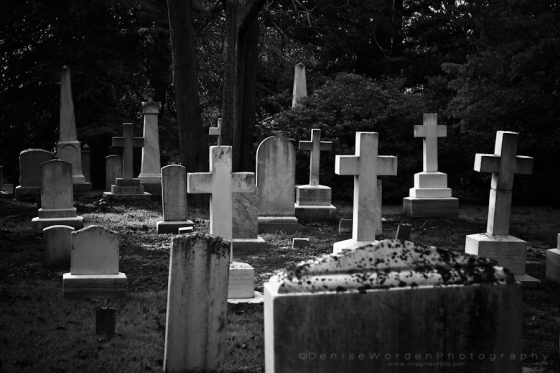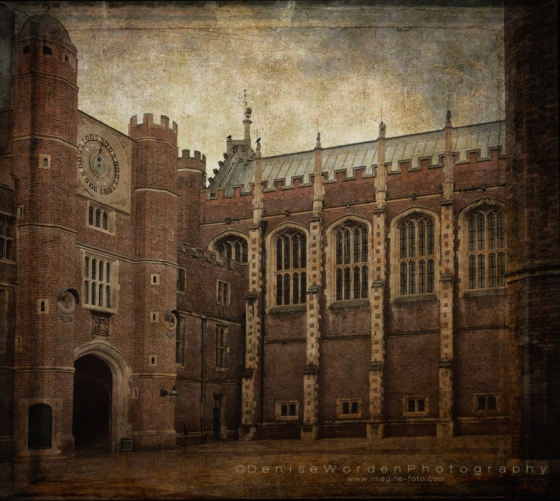
Known primarily for her work depicting migrant workers in the American West, the Dust Bowl migration, and the Japanese American Internment, I learned that In July of 1939 while working for The Farm Security Administration the great Dorothea Lange with Paul Taylor spent several days photographing the farms & farmers in Person, Chatham, Orange, Durham & Wake Counties in North Carolina – my backyard. Taking directions from Ms. Lange’s field notes, researching her images, searching Google Maps, and driving around the counties I set out to find those buildings and places depicted in her iconic photos. I’ve been exploring those places and the farming architecture that still exists in the landscapes of these North Carolina counties. Many of the buildings and farms no longer exist, some structures are only ruins. Left over from the depression era, scattered like totems in the fields along old rural highways and mixed among the modern crops and machinery stand the remnants of tobacco curing sheds, barns, country stores, and the long-deserted homes of the sharecroppers and landowners. Some have been preserved and put to utilitarian use in the present but most, having long since served their purpose, are left to decay and collapse into the fields.
I’m such a sentimental goof I even got choked up standing in one of the very spots I knew Lange had stood. I doubt I’ll ever achieve anything close to the skill and mastery of Ms. Lange but standing where she stood, imagining what she saw, and what life was like back in 1939 not only for the people and places she photographed but for a pioneering woman photo journalist, is an inspiration.



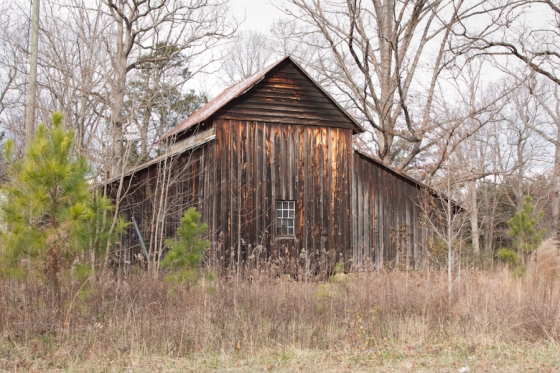

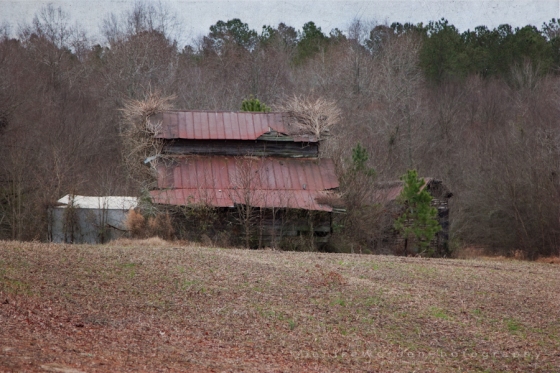
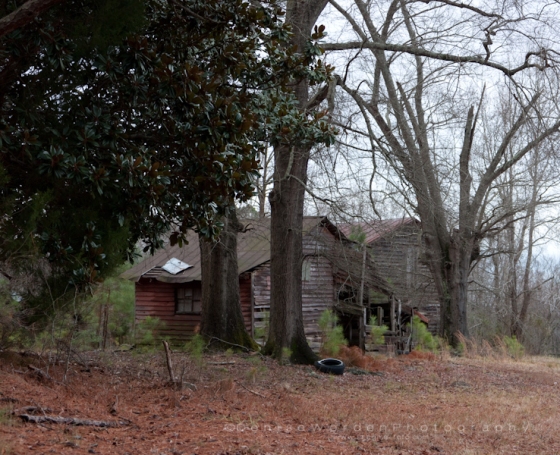


My project is expanding and I have a lot more exploring to do…

